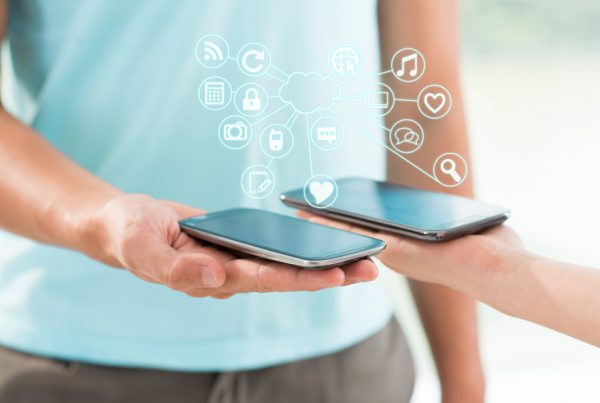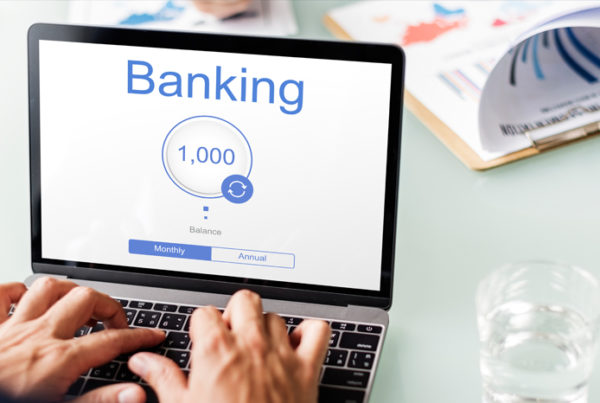Cash is dead. Long live cash!
Mobile cash to overtake physical cash by 2020
This might sound unreal, but if you think about how technology has changed the world in the past few decades, then it isn’t so absurd.
Worldwide, with the exception of just a few countries, the use of cash and paper based payment instruments account for the bulk of retail payments. We all know that cash as a payment medium is both expensive and inherently risky but it is still the most prevalent way to transact. We also know that electronic payments benefit each and every stakeholder in the financial ecosystem, but though there is an uptrend in the use of electronic payments, we still have some way to go before the electronic medium dominates the retail payment market.
Cash comes out on top across consumer segments – banked and unbanked, as well as those individuals with a strong electronic payment history – all continue to carry coins and paper notes. Why? I see three broad groups:
• Electros: those who use electronic medium and card payments regularly
• Limited Banked: banked consumers without access to electronic channels and with limited card payments usage
• Purely Cash: unbanked and underbanked consumers without access to any financial instrument beyond coins and notes
The electros segment uses Internet Banking and, now, Mobile Banking for conducting Banking and Payment transactions including funds transfer, bill payments among others. Still, they continue to use cash when:
• They are worried about the security of online transactions
• Electronic payments instruments are not accepted
• They can’t make payments due to immediacy.
The Limited Banked are by and large not technology savvy – so they avoid using electronic channels to make payments – and rely instead on cash or cheques.
The Purely Cash are unbanked or underbanked by choice or due to lack of access to organised financial services – they have no option but to use cash to pay.
But there is one thing that connects all these three segments and that is the mobile phone. Mobile technology is embraced by around 5 billion of the 7 billion people on earth. So its safe to assume that the last mile coverage issue is truly addressed as consumers have clearly embraced the mobile for their everyday needs. No wonder then that the financial services industry is upbeat on the mobile for rendering various services – just think of Barclays Pingit and mobile banking as examples.
Returning to cash, it is evident that the mobile as a last-mile solution will enable the transition from converting paper to the electronic medium. However, the approach needs to be specific to the consumer segment and it must address the need. Let’s use a “follow the cash” approach to determine the reasons for using cash and build in the means to accept electronic payment instruments.
Looking at the unbanked and under-banked segments, there is a clear need to store money securely and send money to their families back home. This is the value proposition that enabled mPesa to gain a stronghold among millions of Kenyans.
Extending the ability to send money home, to quickly pay for utility bills, to top-up airtime or to receive salary into their Mobile Money accounts are all reasons why mobile financial offerings and electronic payment methods have caught on in Tanzania with Tigo Pesa or in Madagascar with Orange Money. In Zimbabwe the lack of local currency has given Mobile Money an opportunity to bridge a huge gap – the success of Ecocash is evidence enough that with the right value proposition, consumer adoption will be significant.
In India too there have been initiatives to use mobile as a medium to improve financial inclusion; but without the right product features and a collaborative approach between banks and telecom operators they couldn’t thrive. Now, with products such as Idea My Cash, electronic payments can thrive – and India will move closer to achieving a logical end objective of financial inclusion.
At the other end of the spectrum, banked customers still need cash for over the counter transactions where cards are not accepted. Players such as Square in the US are offering merchants a low-cost card reader fitted to a mobile phone to accept card payments – or enabling consumers to transact using a mobile application so the payment is processed without the need for cards.
Further, the mobile makes it possible to give an enhanced user experience in the overall payments process – and meet the need for immediacy and gratification – as well as enable real time recommendations of what to buy, why (discounts that can be redeemed instantly) as well as enabling payment through one of the various mWallet-linked cards. We can already see various players, including Google Wallet and PayPal, in action.
Imagine walking into a Starbucks where I get a coupon on my mobile wallet – courtesy of a Location Based Service – that can be redeemed if I pay using my Starbucks card. Once the sale is made I get additional loyalty points for using the card via my mobile…. and all this happens through my mobile.
Clearly, the requirements of consumers are different but the mobile is helping meet requirements across both developed and emerging market consumer segments. Electronification of cash is in progress. As someone who has worked in this space for over a decade, I see the use of cash declining steadily in the coming years. The winds of change are blowing a breeze.






